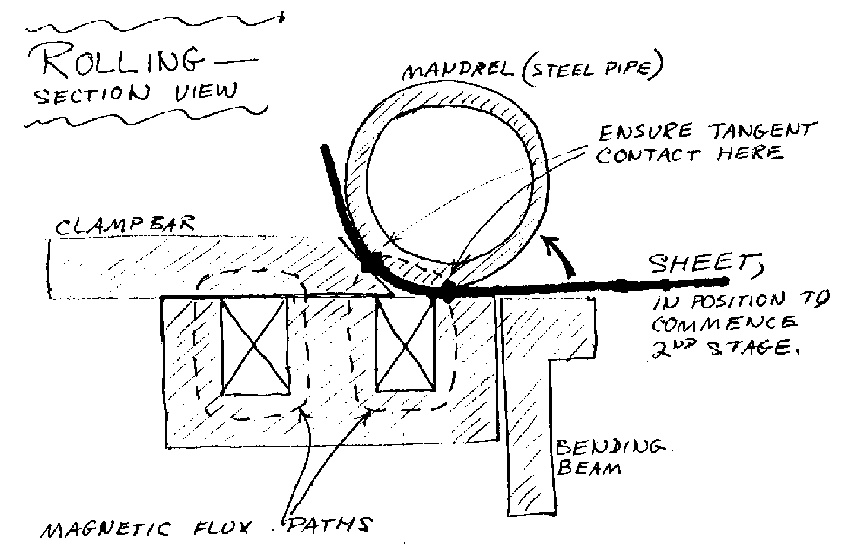GETTING MORE OUT OF YOUR MAGNABEND
There are several things you can do to enhance the bending performance of your Magnabend Machine.
Minimize the time that you spend doing a bend. This will help to prevent the machine becoming hot. When the coil gets hot its resistance increases and therefore it draws less current and thus has fewer ampere-turns and thus less magnetising force.
Keep the surface of the magnet clean and free of significant burrs. Burrs can be safely removed with a mill file. Also keep the surface of the magnet free of any lubrication such as oil. This may cause the workpiece to slip backwards before the bend is completed.
Thickness Capacity:
The magnet looses a lot of clamping force if there are air gaps (or non-magnetic gaps) over one or more of the poles.
You can often overcome this problem by inserting a scrap piece of steel to fill up the gap. This is particularly important when bending thicker material. The filler piece should be the same thickness as the workpiece and it should always be steel no matter what sort of metal the workpiece is. The diagram below illustrates this:
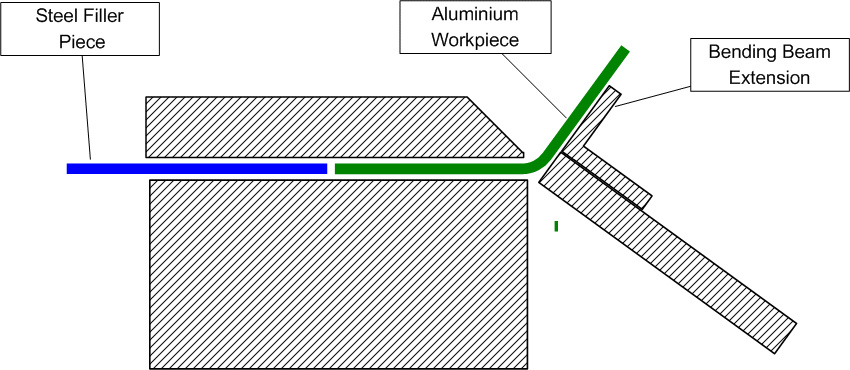
Another way of getting the machine to bend a thicker workpiece is to fit a wider extension piece to the bending beam. This will give more leverage on the workpiece, but obviously this will be no help unless the workpiece has a sufficiently wide lip to engage the extension. (This is also illustrated in the diagram above).
Special Tooling:
The ease with which special tooling can be incorporated with the Magnabend is one of its very strong features.
For example here is a clampbar that has been machined with a special thin nose to accommodate the forming of a box edge on a workpiece. (The thin nose will result in some loss of clamping force and some loss of mechanical strength and thus may only be suitable for lighter gauges of metal). (A Magnabend owner has used tooling like this for production items with good results).

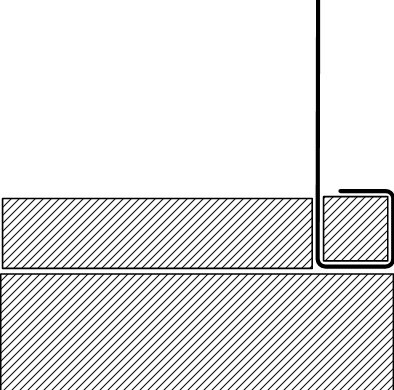
This box edge shape could also be formed without the need for a specially machined clampbar by combining basic steel sections to make the tooling as shown on the left.
(It is easier to make this style of tooling but it is less convenient to use compared with the specially machined clampbar).
Another example of special tooling is the Slotted Clampbar. The use of this is explained in the manual and it is depicted here:
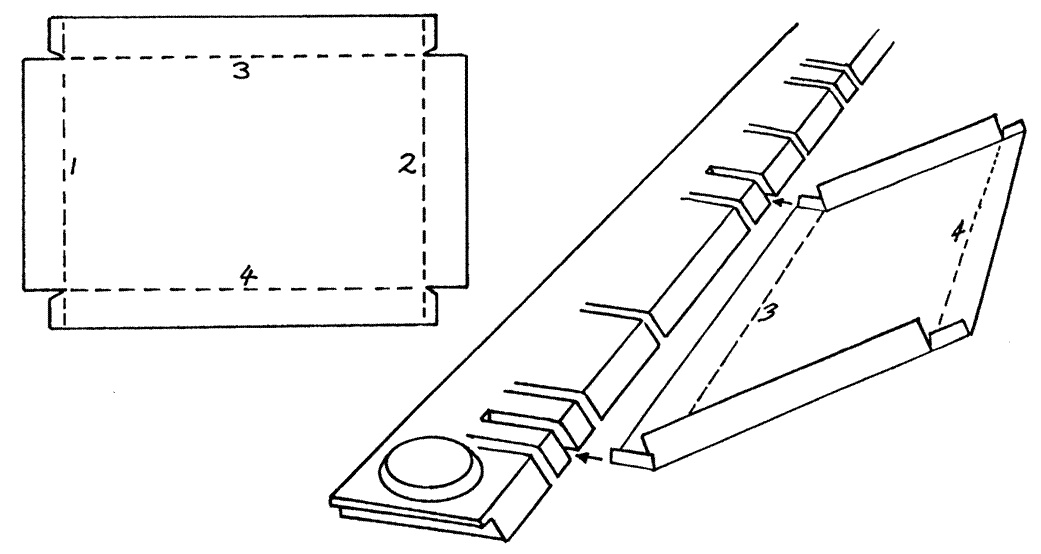
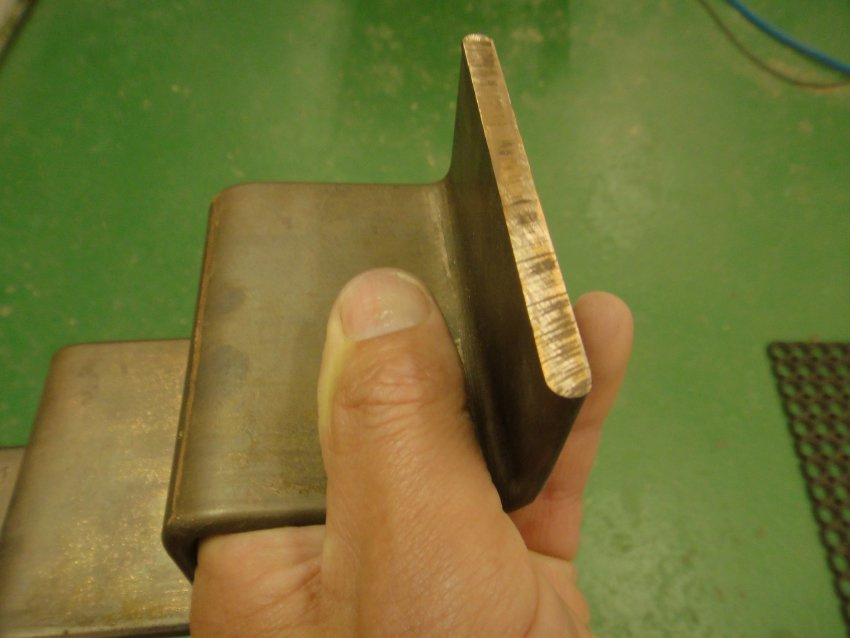
This piece of 6.3 mm (1/4") thick busbar was bent on a Magnabend using a special clampbar with a rebate milled thru it to take the busbar:
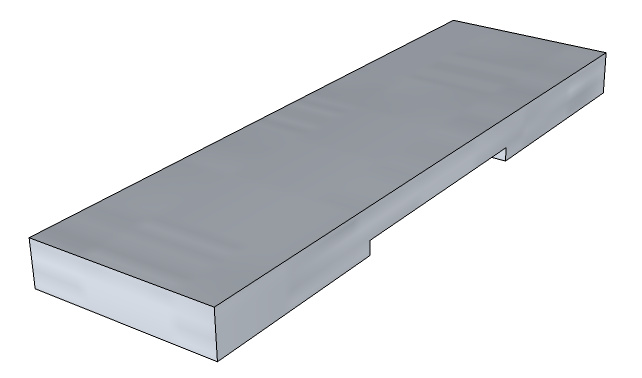
Rebated Clampbar for bending copper busbar.
There are a myriad of possibilities for special tooling.
Here are some sketches to give you the sort of idea:
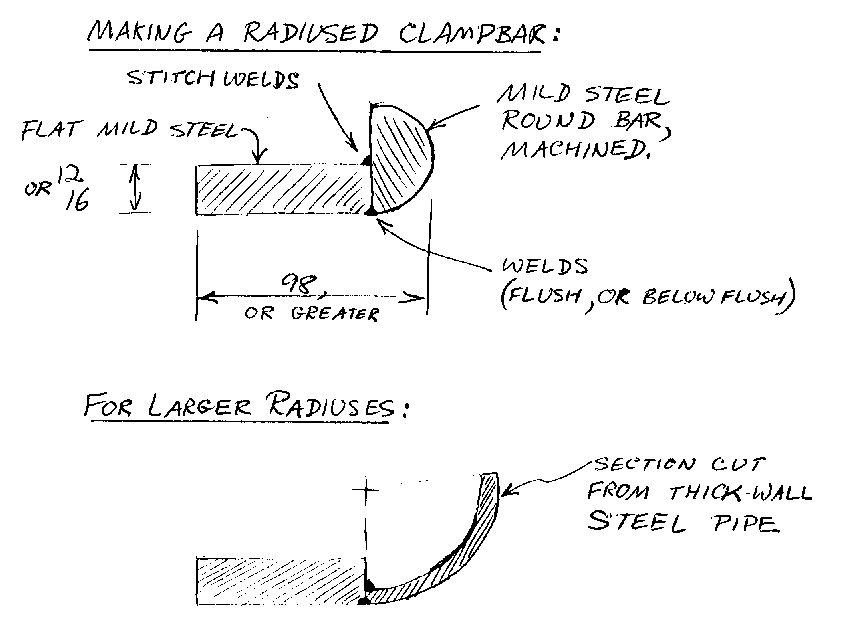
When using a non-attached pipe to form a curve please note the details in the drawing below. It is most important that the parts are arranged in such a way that the magnetic flux, represented by the dashed lines, can pass into the pipe section without having to cross a significant air-gap.
